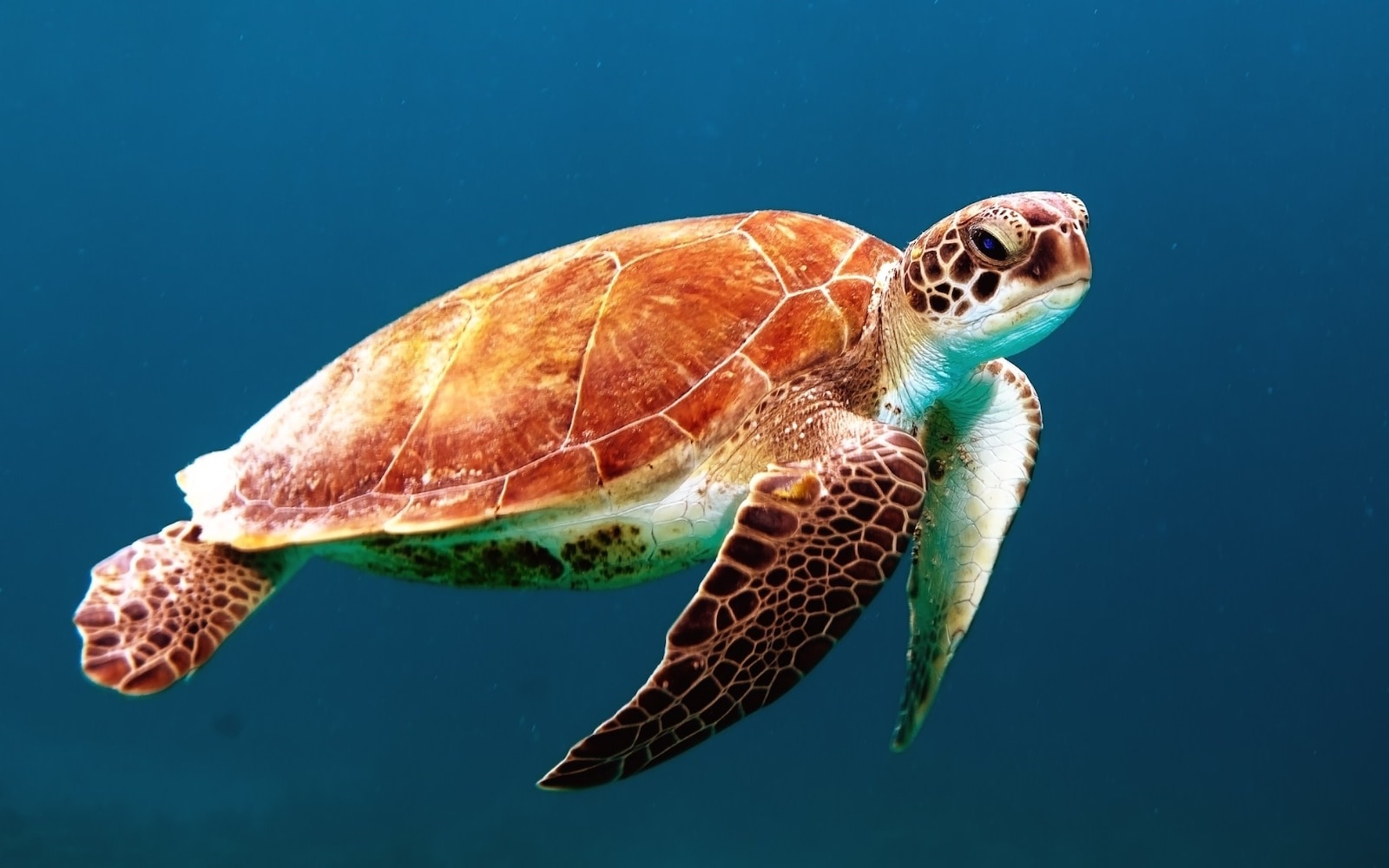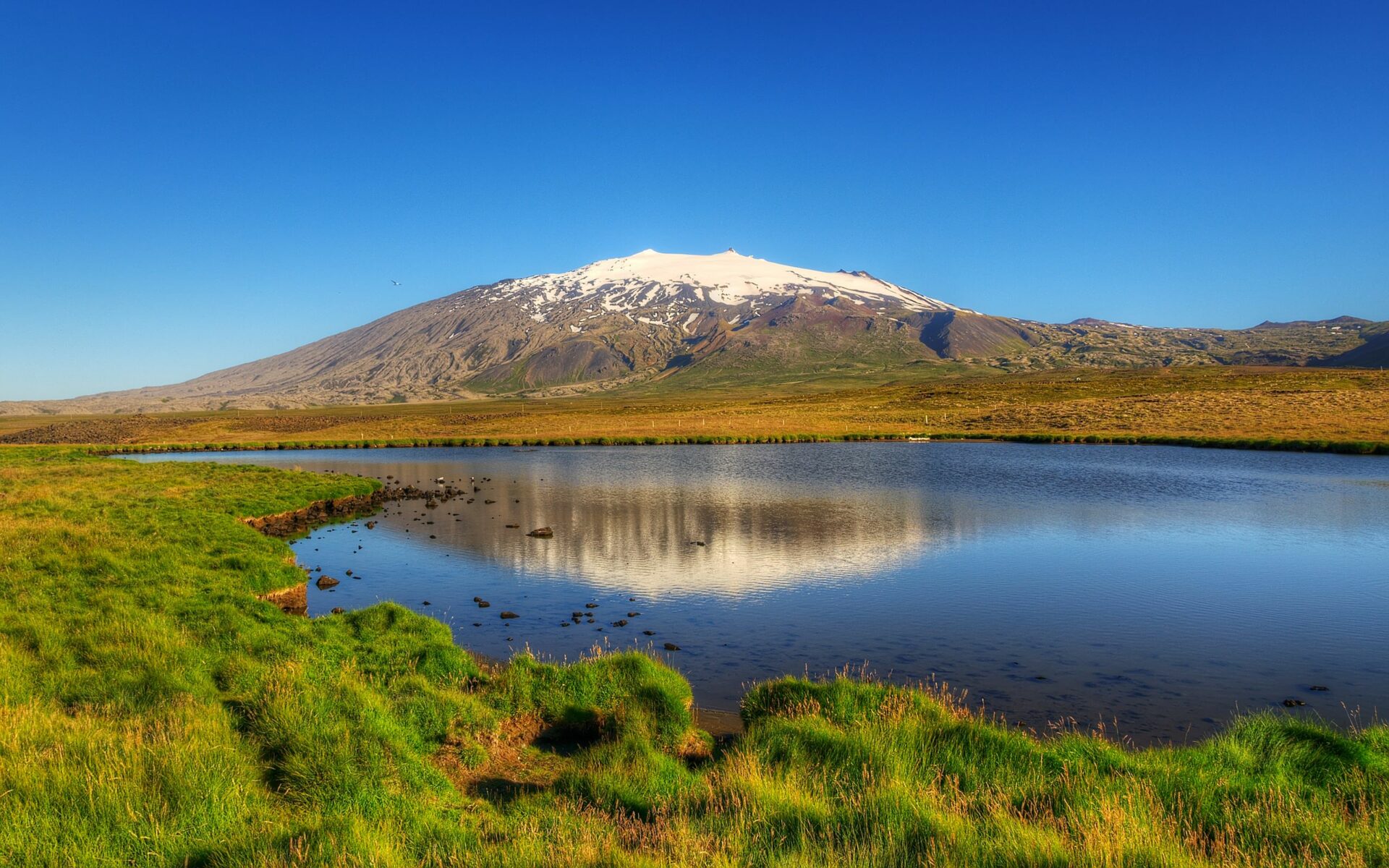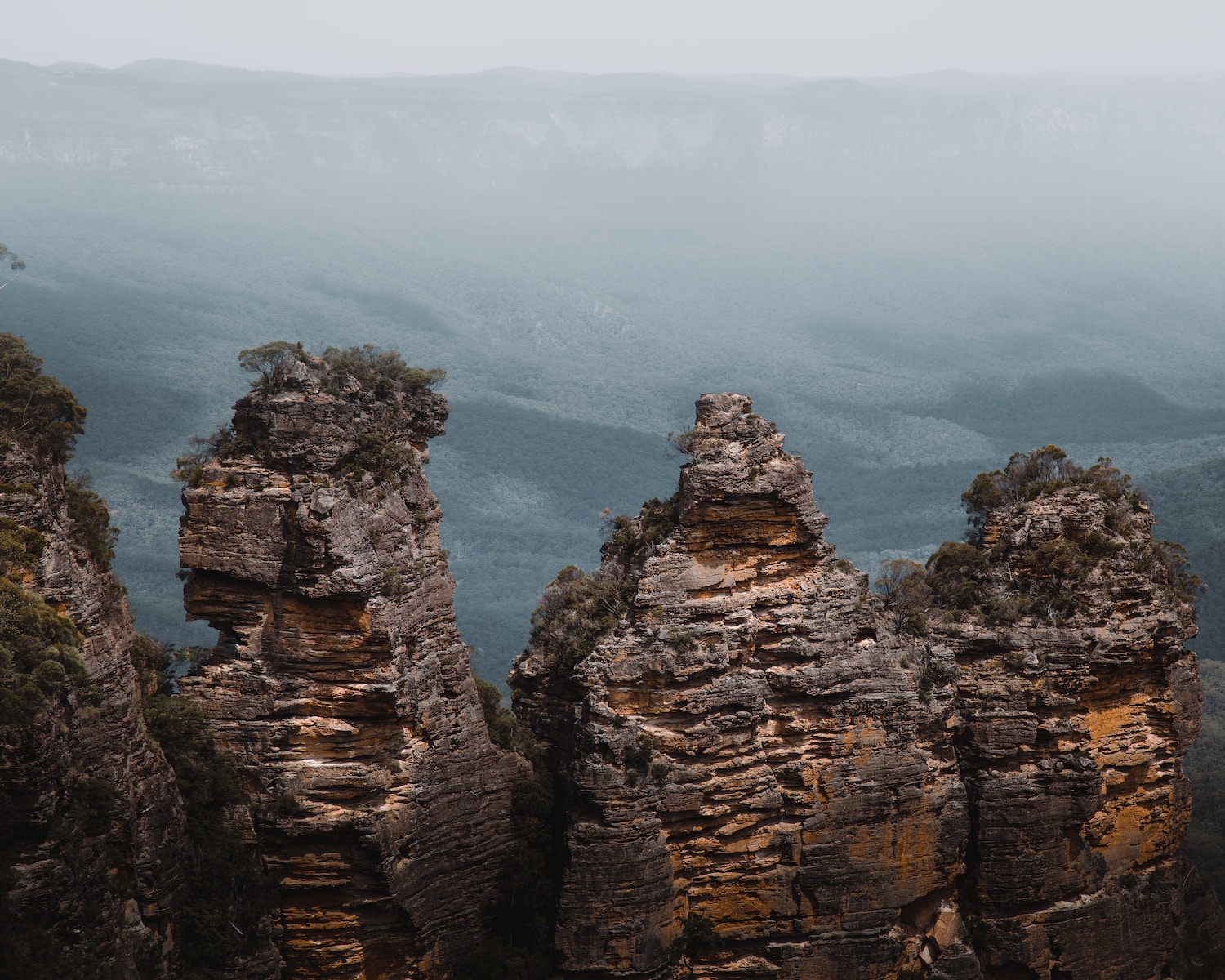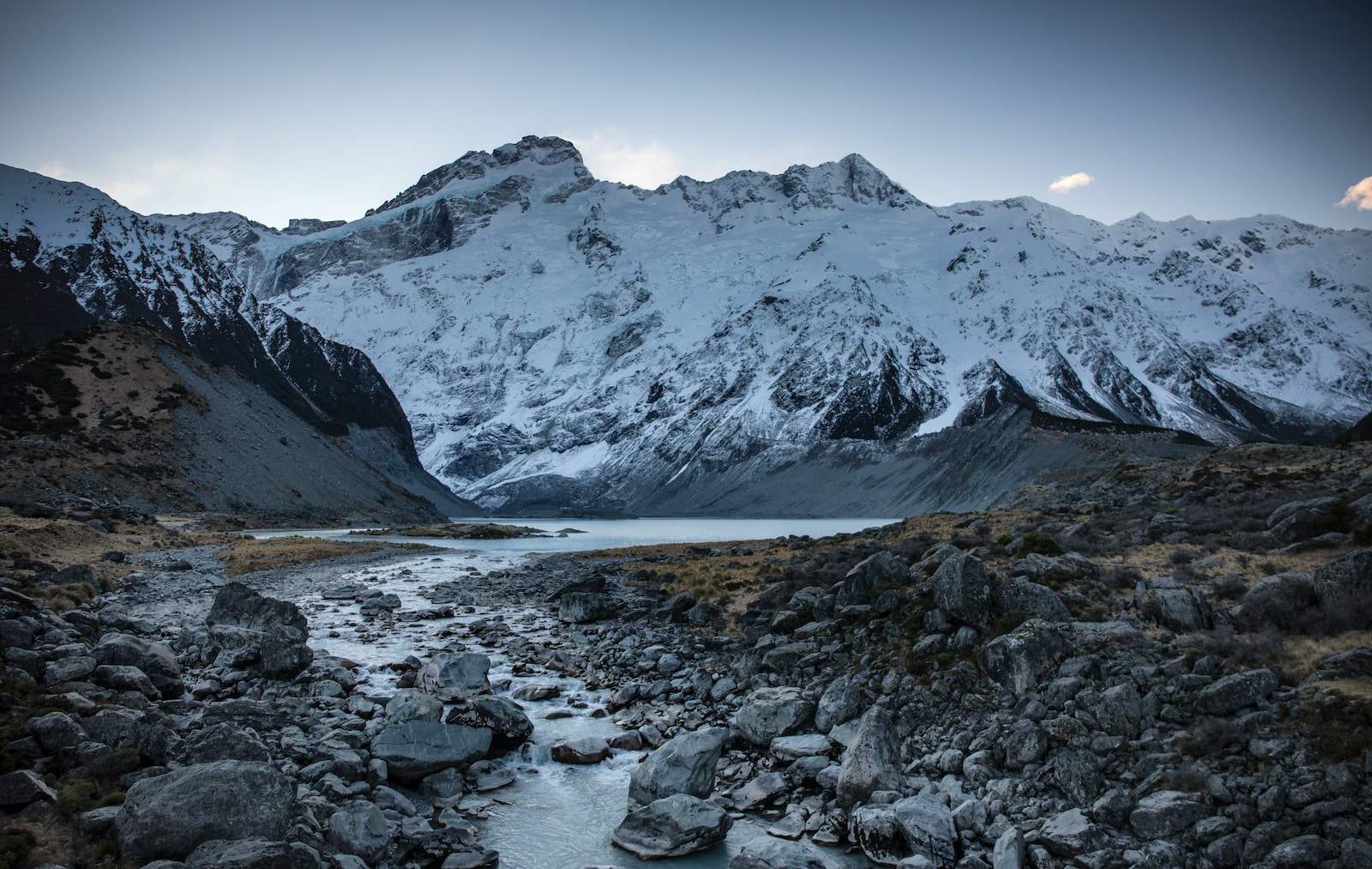Ready to dive into the mesmerizing world beneath the waves? Welcome to “Into The Deep: Essentials of Underwater Photography”! In this blog, we will delve into the captivating world of underwater photography, uncovering powerful techniques to capture awe-inspiring scenes. From the vibrant coral reefs teeming with marine life to the mysterious depths where ancient shipwrecks lie, we will explore the depths and equip you with the knowledge and skills necessary to create stunning underwater images. So grab your scuba gear and join us on this thrilling underwater adventure!
Table of Contents
- Main Subject: Exploring the Wonders of Underwater Marine Life
- The Essentials of Underwater Photography: Choosing the Right Equipment
- Optimal Time for Underwater Photography
- Frequently Asked Questions
- Q: What is underwater photography?
- Q: What camera is best for underwater photography?
- Q: What are some essential techniques for capturing stunning underwater scenes?
- Q: How do I improve my underwater photography skills?
- Q: Can I use a regular camera for underwater photography?
- Q: What are some popular scuba diving destinations for underwater photography?
- Q: Are there any specific safety precautions I should take while doing underwater photography?
- Wrap Up:
Main Subject: Exploring the Wonders of Underwater Marine Life
The world underneath the ocean’s surface is a captivating realm filled with vibrant colors, unique creatures, and breathtaking landscapes. As an underwater photographer, diving into this enchanting environment can provide endless opportunities to capture stunning images that will leave your audience in awe. Let’s explore some of the most interesting features of underwater marine life that make for exceptional photographs, along with techniques to make your images stand out.
Vibrant Coral Reefs: A Kaleidoscope of Colors
One of the most captivating sights underwater is a vibrant coral reef teeming with life. These intricate formations serve as natural playgrounds for countless species of fish, offering an abundance of photographic potential. To bring out the vivid colors that coral reefs possess, consider using a polarizing filter on your camera lens. This simple yet effective technique reduces glare and enhances the contrast in your images, resulting in a more dynamic and visually appealing photograph.
Furthermore, try experimenting with different angles and perspectives to capture the unique shapes and textures of the coral. Get up close to reveal their intricate details or use wide-angle lenses to capture the grandeur of the entire reef. By incorporating foreground elements such as fish or other marine life, you can add depth and interest to your composition.
Majestic Marine Creatures: Focus on the Extraordinary
Underwater photography offers a chance to encounter majestic marine creatures up close and personal. From graceful sea turtles and curious dolphins to stealthy sharks and colorful seahorses, these charismatic subjects make for truly extraordinary photographs.
To capture the essence of these creatures, it’s crucial to be patient, observant, and respectful of their natural behavior. By observing their movements, you can anticipate the perfect moment to press the shutter button. When photographing fast-moving subjects, like dolphins or sharks, utilize a fast shutter speed to freeze the action and capture their agility.
Additionally, pay attention to the lighting conditions underwater. Using the available natural light or strategically placing underwater strobes can help illuminate your subjects and bring out their vibrant colors. Experiment with different lighting angles to create dramatic highlights and shadows that add depth and dimension to your photographs.
Remember, capturing the personality and behavior of these marine creatures is the key to creating compelling images. Patience, understanding their habits, and capturing their interactions with their surroundings will result in photographs that tell captivating stories.
By immersing yourself in the fascinating world of underwater marine life and applying these techniques, you will be able to capture photographs that truly showcase the wonders of the deep. So, grab your camera, gear up, and dive into the extraordinary world that lies beneath the surface. Get ready to capture moments of awe and wonder that will leave a lasting impression on your audience.
Did you know that over 70% of the Earth's surface is covered by water? Dive into the depths of underwater photography and discover the wonders that lie beneath the surface.
The Essentials of Underwater Photography: Choosing the Right Equipment
Underwater photography offers a fascinating glimpse into the captivating world beneath the waves. To capture these mesmerizing underwater scenes, having the right camera, lenses, and equipment is essential. Let’s explore the options and benefits of each.
Camera Options
When it comes to cameras for underwater photography, there are two primary options: compact cameras and interchangeable lens cameras.
Compact cameras are a popular choice for beginners due to their simplicity and affordability. These cameras are lightweight and easy to handle, making them ideal for underwater adventures. While they may lack the advanced features of interchangeable lens cameras, they still offer impressive image quality and user-friendly settings.
Interchangeable lens cameras, on the other hand, provide more flexibility and control over your underwater shots. Micro Four Thirds and DSLR cameras are the most common choices in this category. With the ability to swap lenses, these cameras allow you to experiment and achieve a wide range of underwater compositions.
Lens Selection
Choosing the right lens for underwater photography depends on the type of subjects you wish to capture. Here are two common options:
Wide-angle lenses are popular for capturing expansive underwater scenes, such as coral reefs and large marine animals. They allow you to get close to your subjects while still capturing a wide field of view. Wide-angle lenses produce stunning images with rich colors and intricate details.
Macro lenses, on the other hand, excel at capturing close-up shots of tiny underwater creatures and intricate patterns. These lenses allow you to explore the fascinating world of underwater macro photography, capturing the smallest details with exceptional clarity and sharpness.
Now, let’s consider some additional equipment that can enhance your underwater photography experience:
- Underwater Housing: This essential accessory protects your camera from water damage. Ensure it fits your camera model securely.
- Strobe or Flash: Adding artificial light can help illuminate underwater scenes and bring out vibrant colors.
- Filters: Filters can correct color distortion caused by the water’s natural hue, resulting in more accurate and vivid images.
- Focus Lights: These small lights assist in achieving proper focus and can also enhance the colors in your shots.
Remember, the equipment you choose ultimately depends on your skill level, budget, and the specific underwater subjects you plan to photograph. Regardless of your choices, with the right camera, lenses, and equipment, you’ll be well on your way to capturing stunning underwater scenes that will leave viewers in awe.
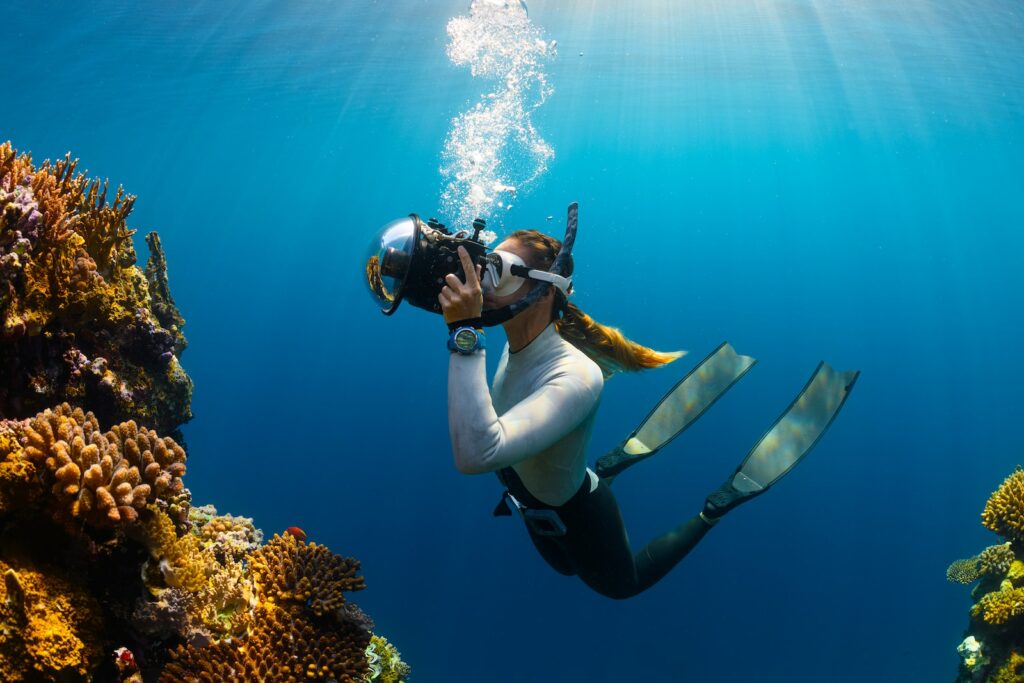
Optimal Time for Underwater Photography
Underwater photography holds a unique allure, allowing us to explore the mesmerizing marine world through captivating images. While underwater photography can be practiced at any time of the year, understanding the best times to dive in specific locations can greatly enhance your chances of capturing breathtaking shots.
One of the crucial factors to consider when choosing the right time for underwater photography is water visibility. Clear waters are essential for achieving crisp and vivid images. In many coastal areas, the best visibility is often experienced during the dry season when rainfall is minimal. For example, if you’re hoping to photograph the stunning coral reefs of the Great Barrier Reef in Australia, planning your dive during the dry season from May to November will provide the best chance of encountering excellent visibility.
Furthermore, the time of day can also greatly impact the quality of your underwater photos. Generally, the hours around sunrise and sunset offer the most favorable conditions due to the soft, warm lighting that adds a magical touch to your images. The golden rays of the sun create a beautiful contrast against the marine environment, making these the perfect moments to capture unique and atmospheric shots.
Choosing the Right Vantage Points and Positions
To capture the awe-inspiring beauty of underwater scenes, positioning yourself correctly and selecting the right vantage points are key. Here are two popular options that can help you achieve outstanding results:
Shooting From Above: When photographing subjects such as shoals of fish or large marine creatures, a top-down perspective can be highly effective. Position yourself slightly above the subject and use a wide-angle lens to capture the entire scene. This technique provides a sense of scale and allows you to capture the mesmerizing patterns and movements of marine life.
For example, imagine capturing an overhead shot of a vibrant coral reef using this technique. The intricate details, vibrant colors, and bustling activity of the underwater ecosystem would come alive, creating a visually stunning image.
The Eye-Level Approach: Engaging with your subject at eye level enables you to capture a more intimate and immersive view of the underwater world. This technique is particularly effective when photographing smaller marine creatures, such as seahorses or nudibranchs, as it allows you to capture their unique features in detail.
Imagine encountering a curious sea turtle during your dive. Instead of shooting from above, positioning yourself at eye level with the turtle would provide a mesmerizing perspective. The image would showcase the turtle’s graceful movements and captivating expressions, drawing viewers into the enchanting world beneath the waves.
Remember, experimenting with different vantage points and positions will allow you to discover your own unique style and capture truly breathtaking images. Consider the subject, lighting conditions, and desired effect, and let your creativity guide you to create stunning underwater photographs.
By understanding the optimal time for underwater photography and choosing the right vantage points and positions, you can elevate your underwater photography skills and capture scenes that will leave a lasting impression. So, get ready to dive into the deep and unlock the mesmerizing beauty of the underwater world through your lens.
One helpful tip for underwater photography is to use a fast shutter speed to freeze the motion of marine life. This will help capture the vibrant colors and intricate details of the underwater world. Experiment with different shutter speeds to find the perfect balance between freezing the subject and capturing its graceful movements.
Frequently Asked Questions
Q: What is underwater photography?
A: Underwater photography involves capturing images or videos while submerged underwater using specialized equipment.
Q: What camera is best for underwater photography?
A: The best camera for underwater photography is one that is specifically designed for this purpose, such as a waterproof or diving camera. These cameras are built to withstand the pressure and unique conditions of being underwater.
Q: What are some essential techniques for capturing stunning underwater scenes?
A: To capture stunning underwater scenes, consider the following techniques:
- Mastering buoyancy control to stay steady while shooting
- Understanding natural light and color correction underwater
- Practicing patience and waiting for the perfect shot
- Using high-quality lenses suitable for underwater photography
- Experimenting with different angles and compositions
- Learning to work with marine life without causing harm
Q: How do I improve my underwater photography skills?
A: Here are a few tips to improve your underwater photography skills:
- Take diving lessons to improve your comfort and mobility underwater
- Invest in a quality underwater camera and learn how to use it effectively
- Study the work of experienced underwater photographers for inspiration
- Experiment with different camera settings and shooting modes
- Practice regularly and make mistakes to learn from
Q: Can I use a regular camera for underwater photography?
A: While it is possible to use a regular camera with a waterproof housing or case for underwater photography, it is generally advisable to use a camera specifically designed for underwater use. These cameras have features and settings optimized for underwater conditions.
Q: What are some popular scuba diving destinations for underwater photography?
A: Some popular scuba diving destinations that offer exceptional opportunities for underwater photography include:
- The Great Barrier Reef in Australia
- The Maldives
- The Red Sea in Egypt
- The Galapagos Islands
- Cenotes in Mexico
Q: Are there any specific safety precautions I should take while doing underwater photography?
A: Yes, it is important to prioritize safety while engaging in underwater photography. Some key safety precautions to remember include:
- Always dive with a buddy and maintain communication
- Carry dive lights to improve visibility
- Be aware of your surroundings and potential hazards
- Monitor your air supply and set dive time limits
- Understand and follow proper underwater photography etiquette
Wrap Up:
Now that you are equipped with the essentials of underwater photography, it’s time to dive in and explore the magnificent marine world through your camera lens. Remember to practice these techniques, experiment with different settings, and be patient as you perfect your skills.
Don’t forget to share your stunning underwater captures with us in the comments below. We would love to see your unique perspective and hear about your scuba diving adventures!
So gear up, get ready to submerge into the deep, and capture the wonders that lie beneath the surface. Happy shooting!
